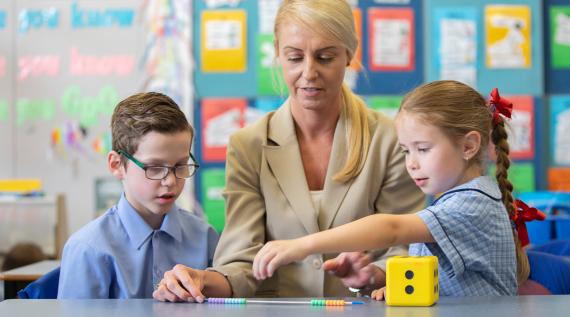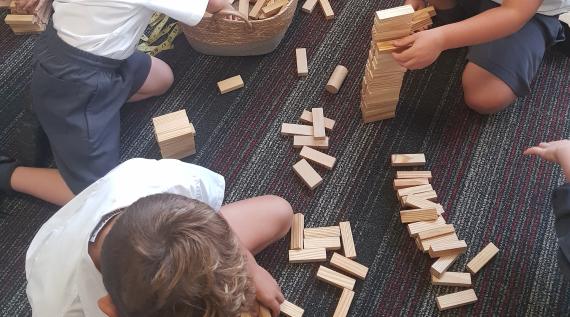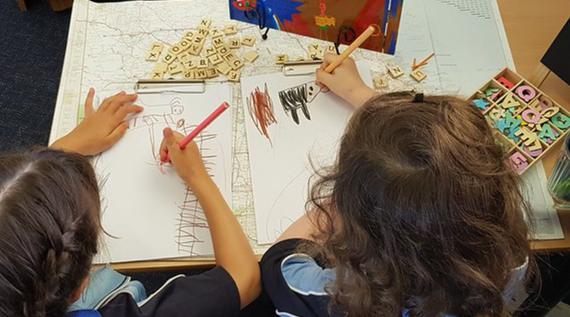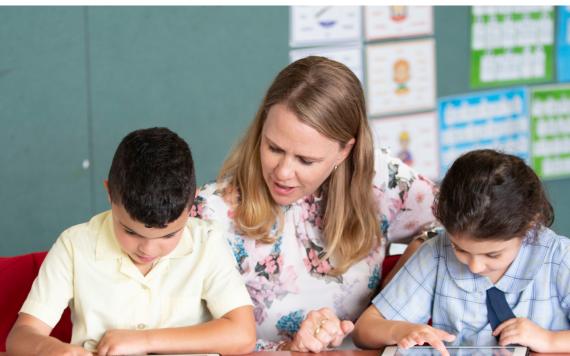Numeracy is the ability to apply maths concepts in all areas of life. Numeracy encompasses the knowledge, skills, behaviours and dispositions that students need to use mathematics in a wide range of situations.
It involves students recognising and understanding the role of mathematics in the world and having the dispositions and capacities to use mathematical knowledge and skills purposefully.
Number Sense
Number sense is understanding numbers and the relationships between numbers.

Counting
Children develop numeracy and maths skills through everyday activities like counting, looking at shapes, and talking about sizes.

2D and 3D Shapes
Children develop numeracy and maths skills through everyday activities like counting, looking at shapes, and talking about sizes.

Patterns
Children develop numeracy and maths skills through everyday activities like counting, looking at shapes, and talking about sizes and patterns.

"Wonder is the desire for knowledge."
St Thomas Aquinas
